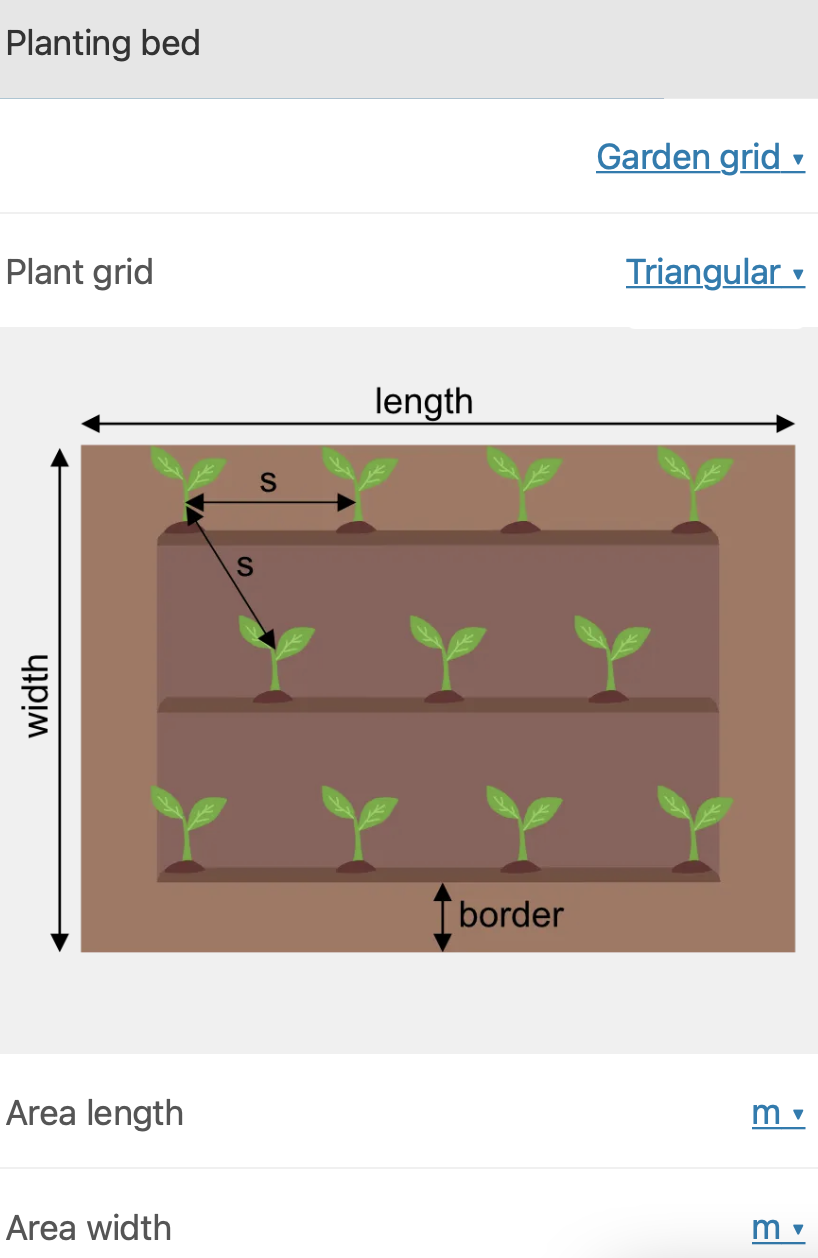It’s been a month or so since we published our guide to the best vegetables to plant for summer, and we were keen to follow it up after the article generated a few questions/comments on email and via our social channels.
I guess we kind of jumped the gun with that one, and in hindsight maybe we should've done this article first. But hey ho, better late than never, and we can link the two posts up, so all’s good.
We will include a little in this post about how to decide what to plant but we want this to be more of an overview on how to plan a new small veg plot from scratch. From how to get started to when you should harvest and all the bits in between.
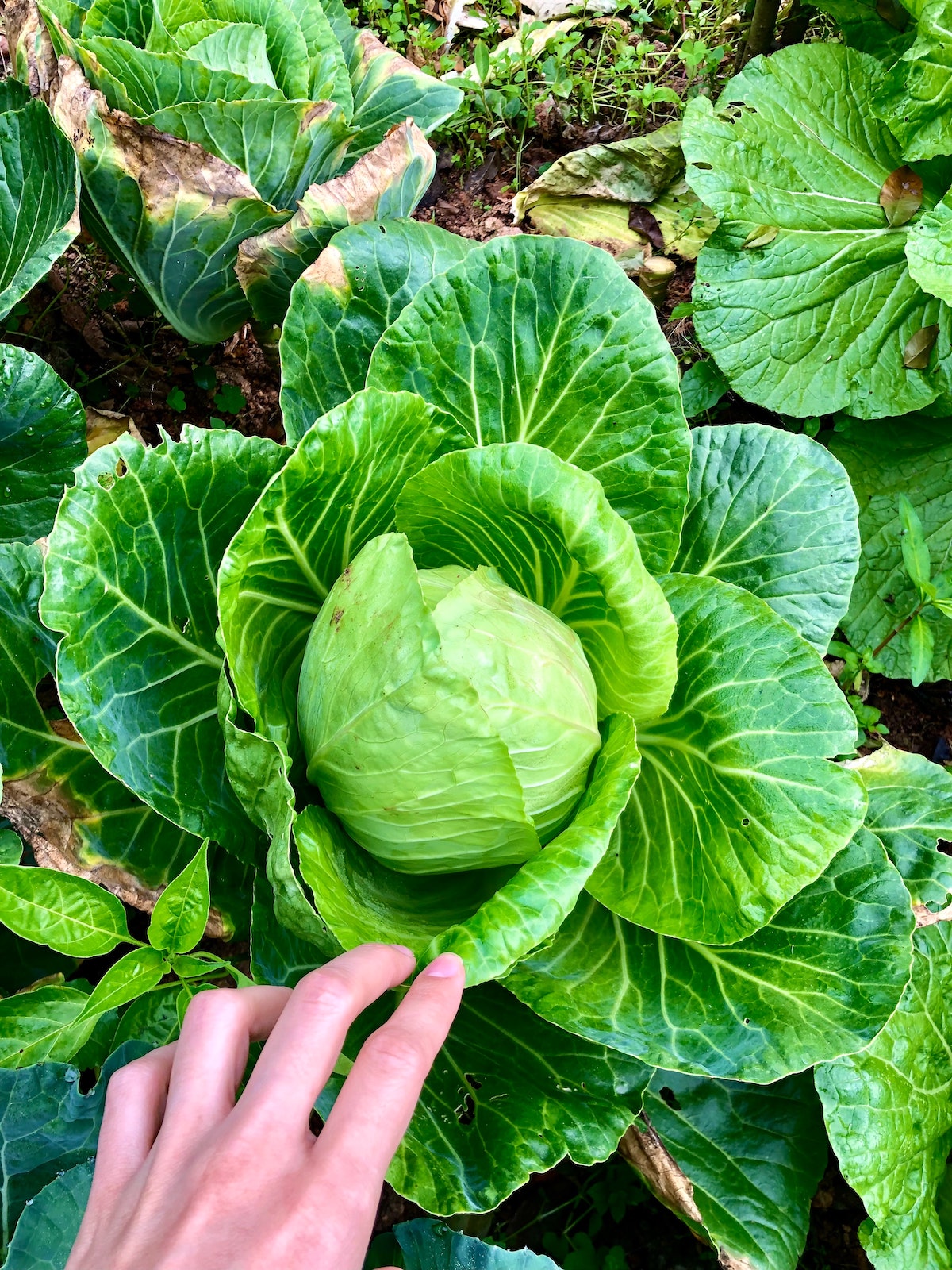
A veggie plot, no matter how small, is a fab way to save a little money whilst getting you outside in the fresh air. If you’ve got children or grandchildren, then get them involved too, it’s a great way to teach them about gardening and healthy eating (and it'll get them off their gadgets!).
Trust Lazy Susan, when you grow your own, the taste is so much better than anything you’ll get from the supermarket too. This article has all the steps you need to get your small vegetable plot off to a flying start, plus, we’ve some great tips and tricks for those working with limited outdoor space!
Start off small
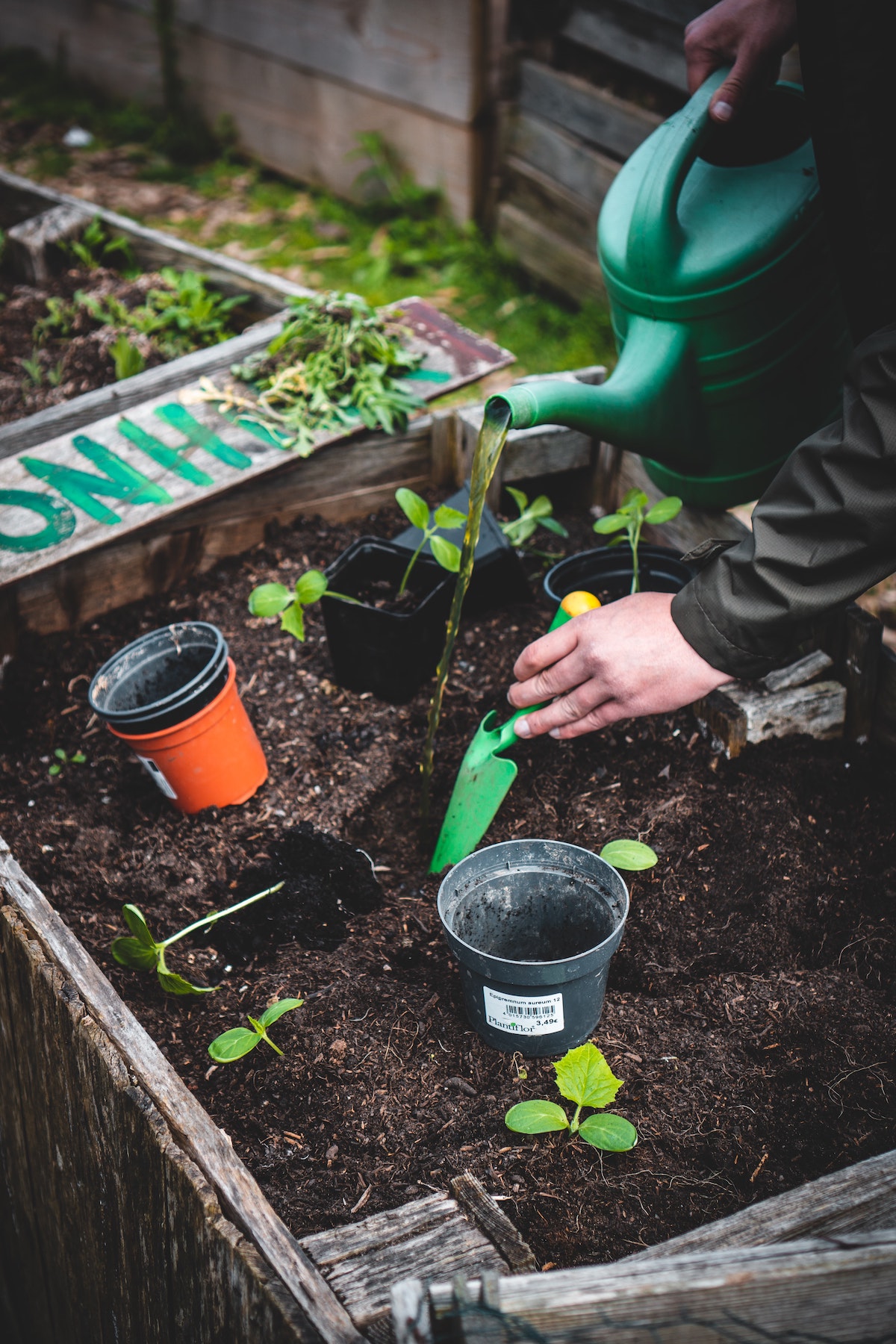
The first step in planning a veg plot of any size is marking out exactly what you want and where it can go. You could measure up and do this on paper or in one of the many garden design apps if need be?
Think about the size, shape, and location of your garden to figure out the best place to put your plot. Keep in mind that it can always be changed over time, so our advice is to start off small and add to it as you develop more confidence.
Another way to look at establishing what size your plot should be is to create a veg patch big enough to grow what you and your family would like to eat?
For example, a 2-metre x 2-metre plot will give 4 m² give or take the room to manoeuvre and that’s a nice manageable size. In that space, you could easily grow say 4 of your favourite veggies. If you take narrow crops such as radishes, leeks, carrots, and spring onions, for example, you could plant around 20-30 plants per square metre.
For larger crops such as broccoli, cabbage, cauliflower and lettuce, you’re looking at about 5 or 6 per m². The important thing is to ensure there is sufficient space around each row of plants to create good air circulation and so that each crop can grow to a good healthy size. It’s a bit of a simplistic way of looking at it but it gives you a general idea of the sort of yield you can’t get from quite a small patch.
However, from experience, we know that it is better to enjoy what you grow in a small vegetable plot than to be overwhelmed by the workload needed to maintain a larger one. Starting small lets you learn the basics and get to grips with the commitment needed to keep it watered and pest/weed-free, etc.
Grow crops that you like to eat
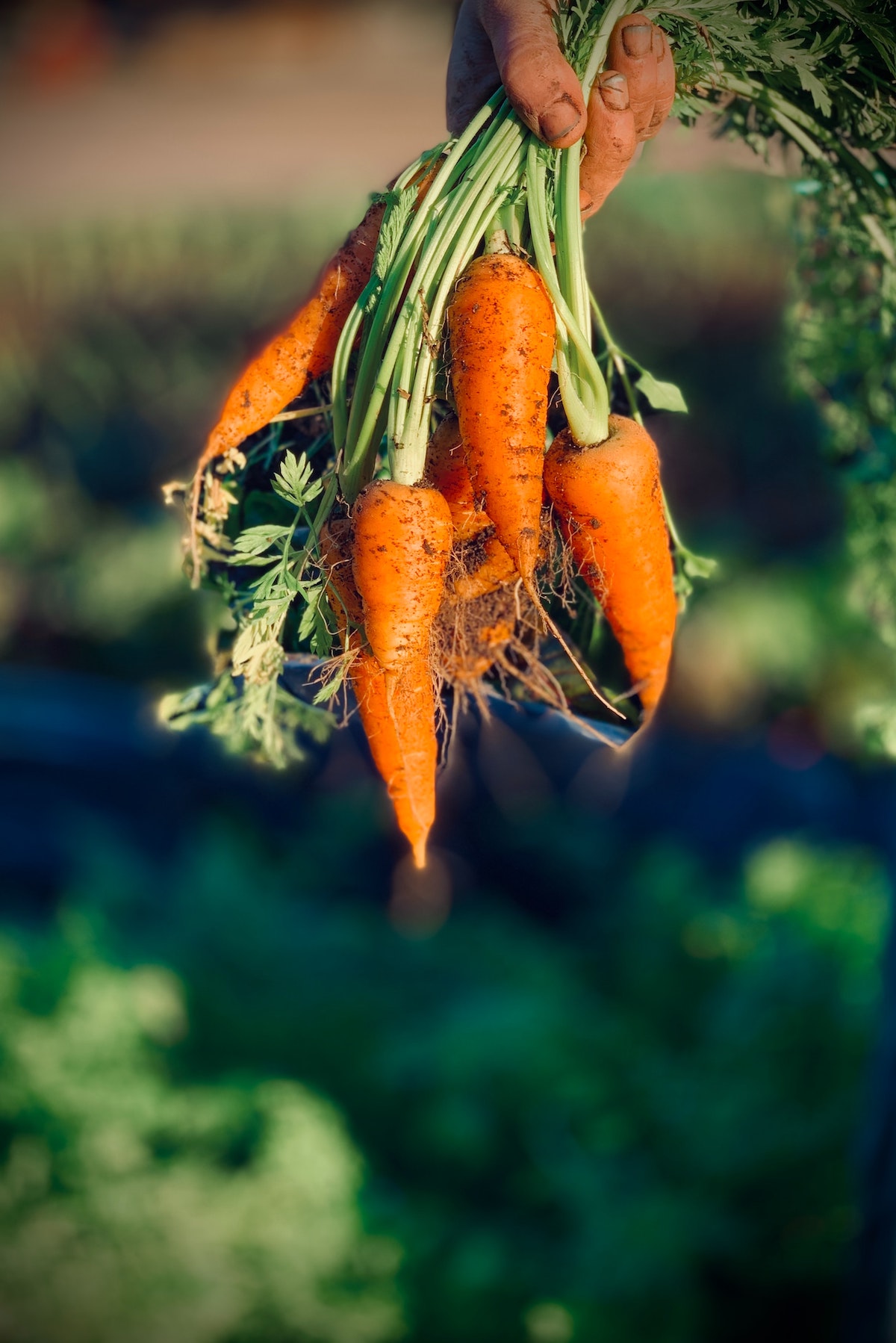
In terms of deciding what to grow, our best vegetables to plant for summer post lists some of our favourite easy growers. However, the logical choice is to simply grow whatever it is you and your family like to eat.
Of course, whatever you plant also has to suit the climate, space you have available and level of expertise too. Those new to veg growing can’t go wrong with crops like carrots, runner beans cucumbers, lettuce, etc though.
Plant successive crops
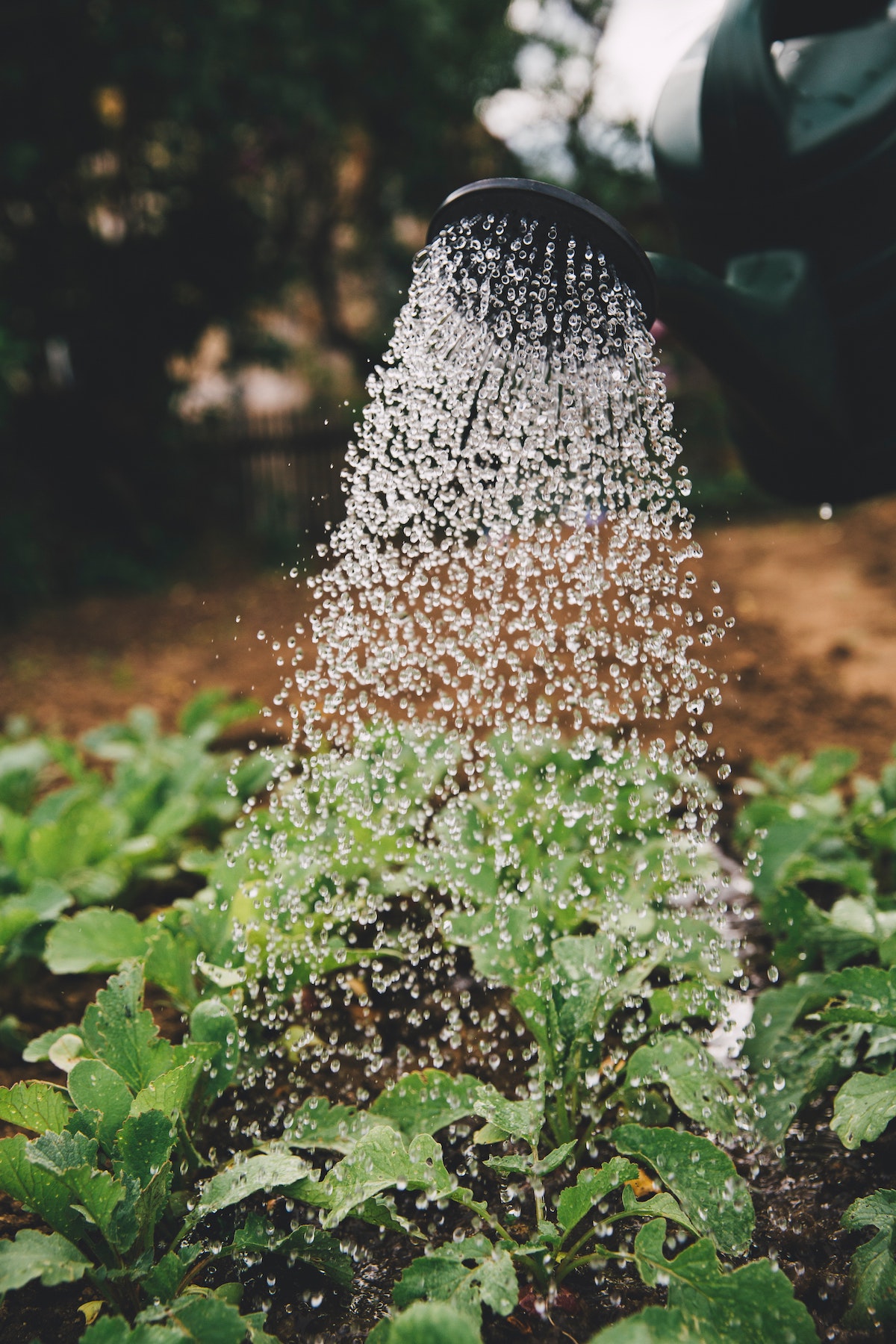
If you’re working with a small plot due to limited space, then you want to maximise it. Plan what you will plant and when. Look at what will grow in the cool and warm months. Once harvested, replant, or switch to another vegetable more suited to the time of year.
This information is all readily available online and on seed packets but our advice is to purchase a planner or use resources such as the RHS Crop Planner to formulate a growing calendar.
You should look to continuously grow and harvest through the spring, summer, and autumn months though. For example, in early spring you can sow cool weather crops such as carrots and lettuce. Once harvested (they'll take around 3+ months to grow), you can plant summer favourites like peppers and tomatoes, and into late summer you can switch to cabbage and potatoes for autumn harvest.

Pro Gardeners Tip:
The key to succession planting in a small veg plot is to sow the seeds little and often and in small batches. Sow just enough to eat and that way you can ensure plants are ready to harvest in succession throughout their growing season. You’re not wasting anything and maximising the yield from the space you have.
How to arrange your crops
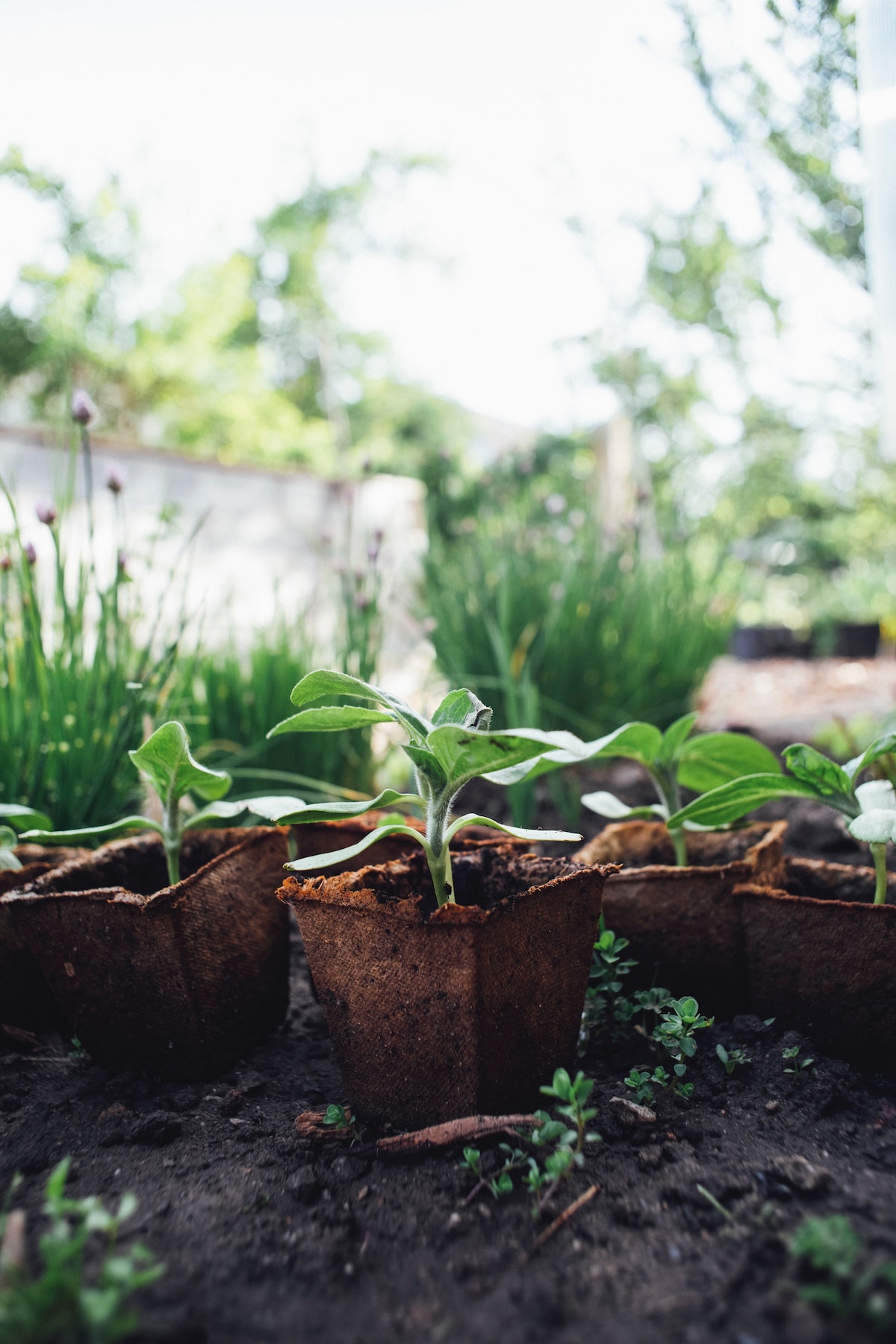
When working with a smaller plot (or any size for that matter), how you arrange your crops is important to ensure you’re again maximising the yield it can produce.
Traditionally, we’ve planted in rows and squares but it is more efficient to stagger your crops and plant them in a triangular formation. The Plant Spacing Calculator from Omni (pictured below) can help you establish what you can fit in and the best way to space.
Don’t be tempted to overcrowd. Each plant needs adequate space to grow to its full size, plus packing them in can invite trouble in terms of diseases and pests.
Pick your spot carefully
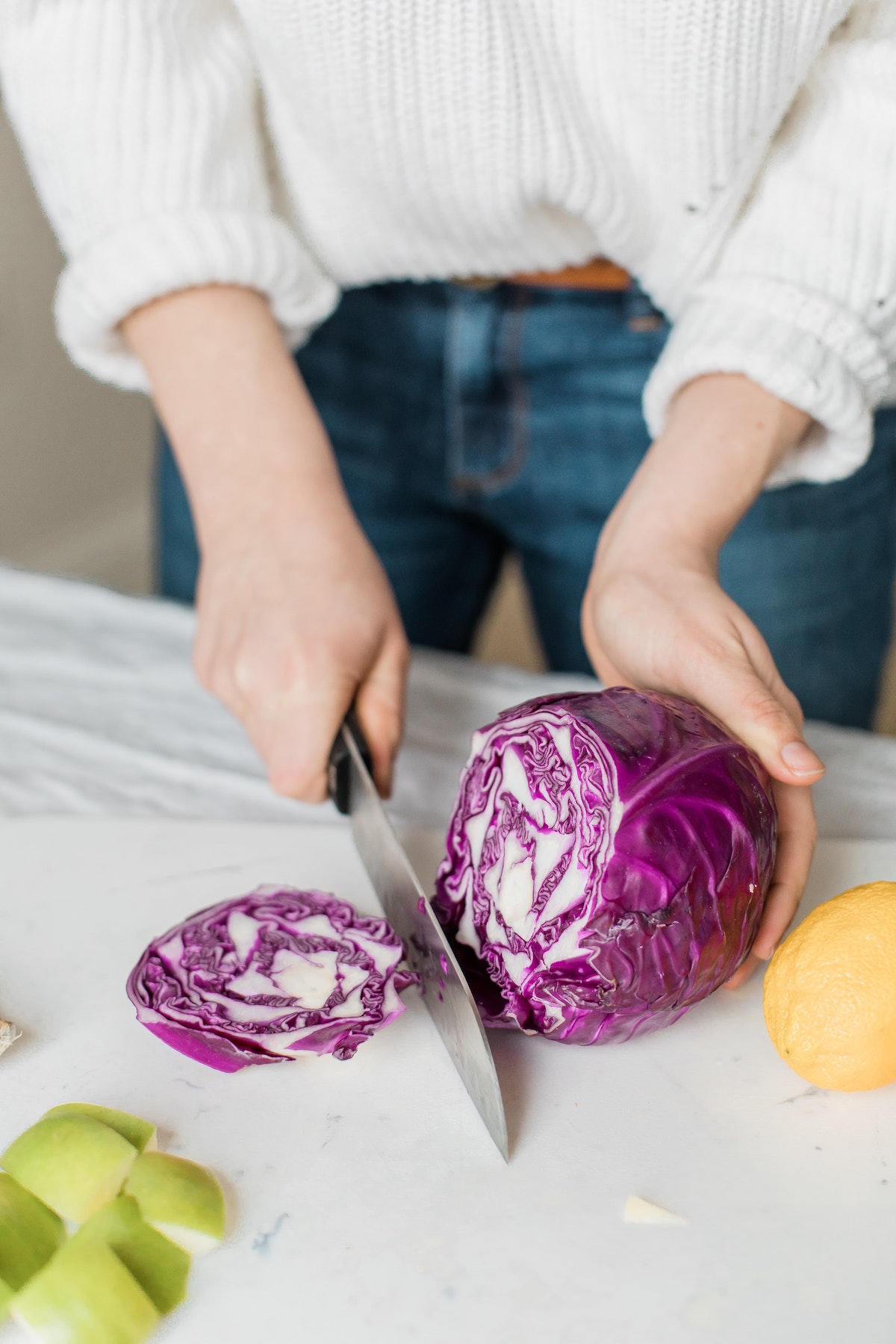
This is one that many overlook or under think but it’s important to pick the right spot to put your veg plot. The two critical elements that you need and that’s lots of sunlight and access to water.
You really want an area that's level and sheltered from the worst of the wind too. If you can get all of those and position your vegetable garden closer to the rear of your property and/or the kitchen, then win-win!
Grow in pots and containers
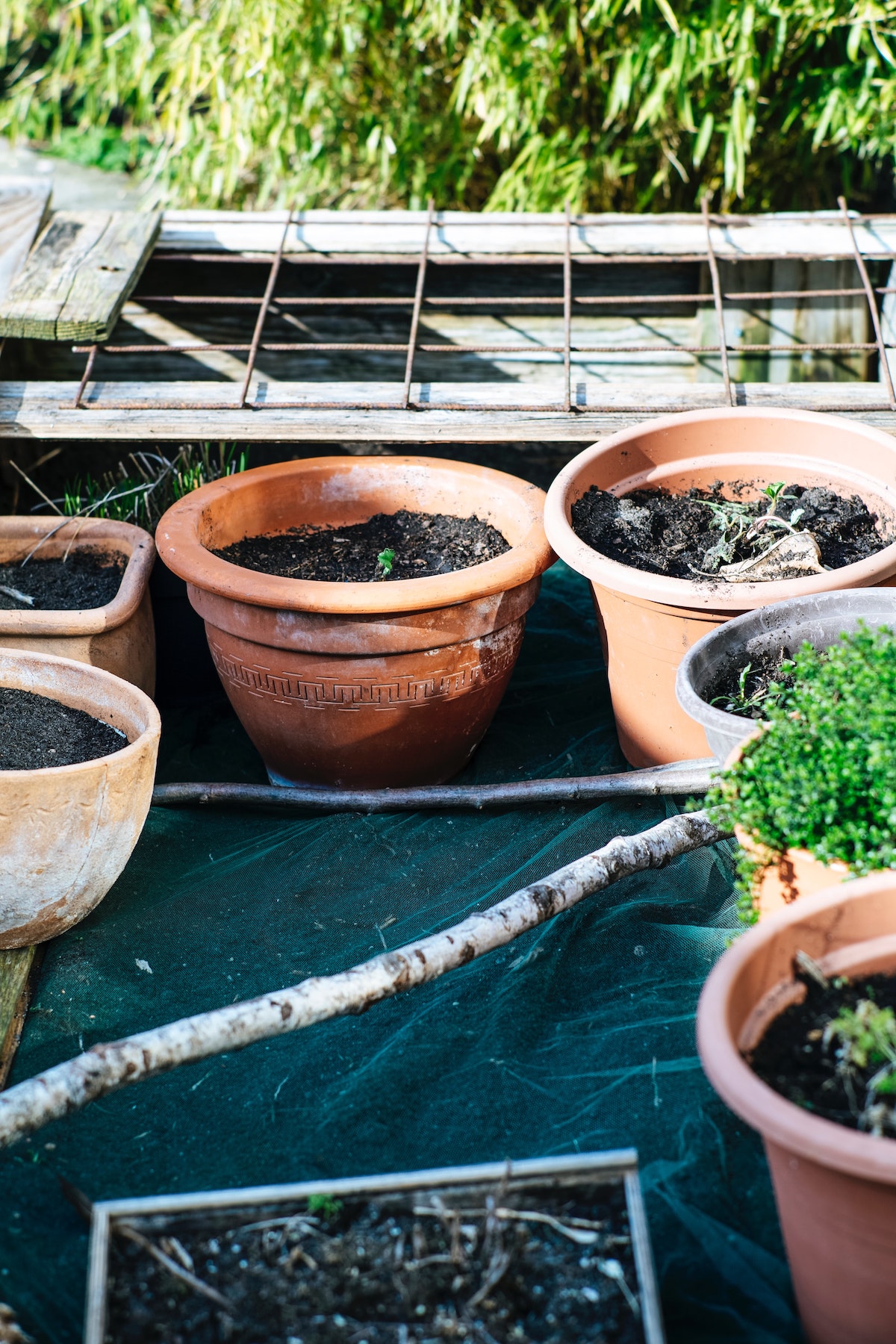
If you have a small backyard style garden, patio or balcony then you can still grow your own in pots and containers.
For example, one large planter can yield up to 30+ carrots per season, and we’ve even found that veg like Beetroot, Broad Beans, Carrots and Potatoes generally fair better in a container.
The video below from Next Level Gardening is a great place to start. It is a complete guide to container gardening and it covers the size and type of containers and pots, how best to water your veg, fertilizing and how to plant.
Build raised beds
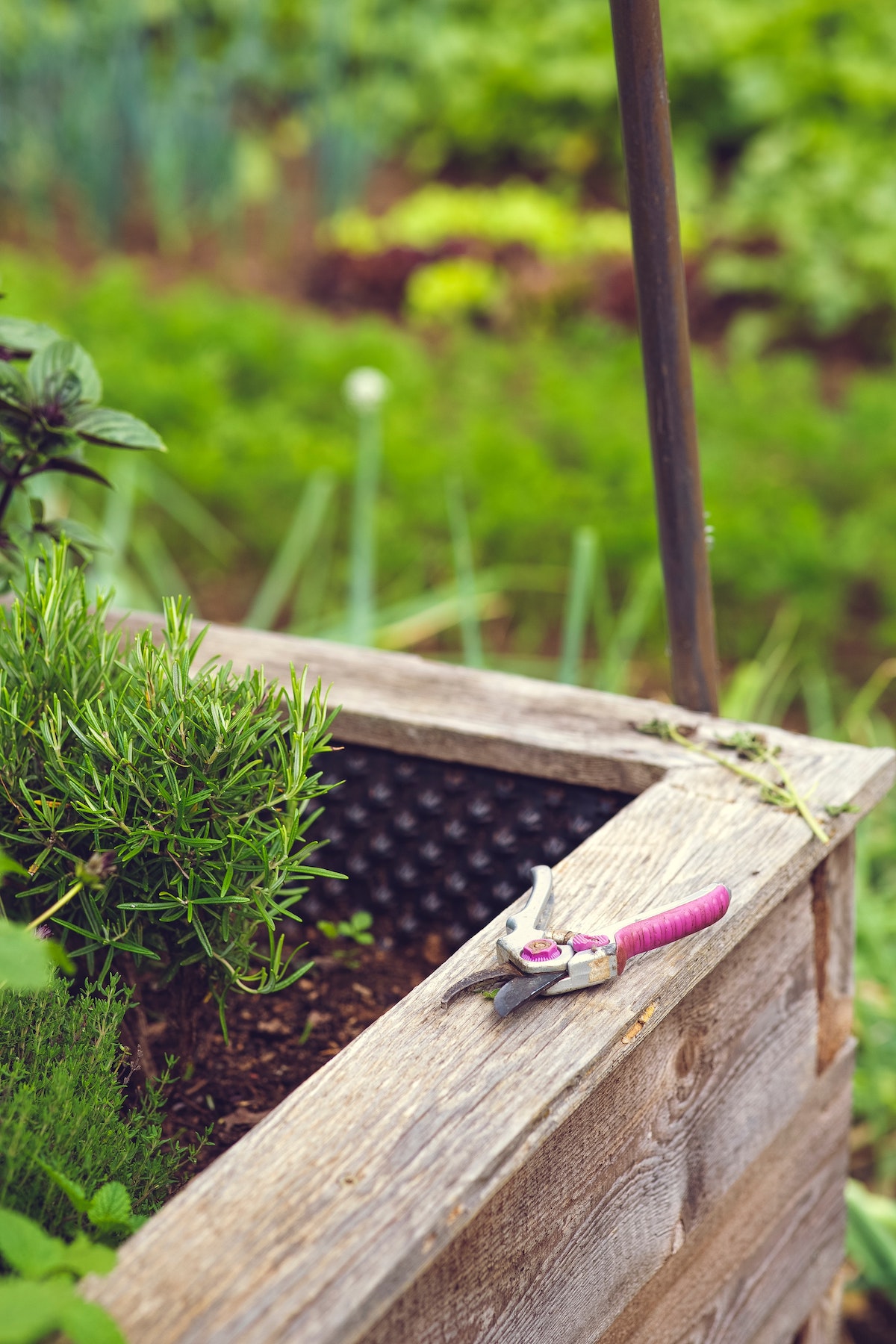
Good fertile soil is key to growing veg, which is another reason containers and pots work so well. If you’ve got the opportunity and the space, the building raised beds is the next step, as it allows you to fill it with a good layer of fertile soil.
That little bit of extra height they give also enables the soil bed to warm up faster in the spring, allowing you to start the season earlier and extend it a little longer.
Raised beds can potentially yield up to 3 times more than the same ground-level patch as they allow you to space the plot more efficiently and they’re easier to manage in terms of planting, weeding, watering and harvesting.
The video below from Silverline Tools has all the info you need, with TV Presenter and Gardening Expert, Katie Rushworth showing you how to plant a simple wooden frame filled with compost:
Start getting your soil ready in the summer
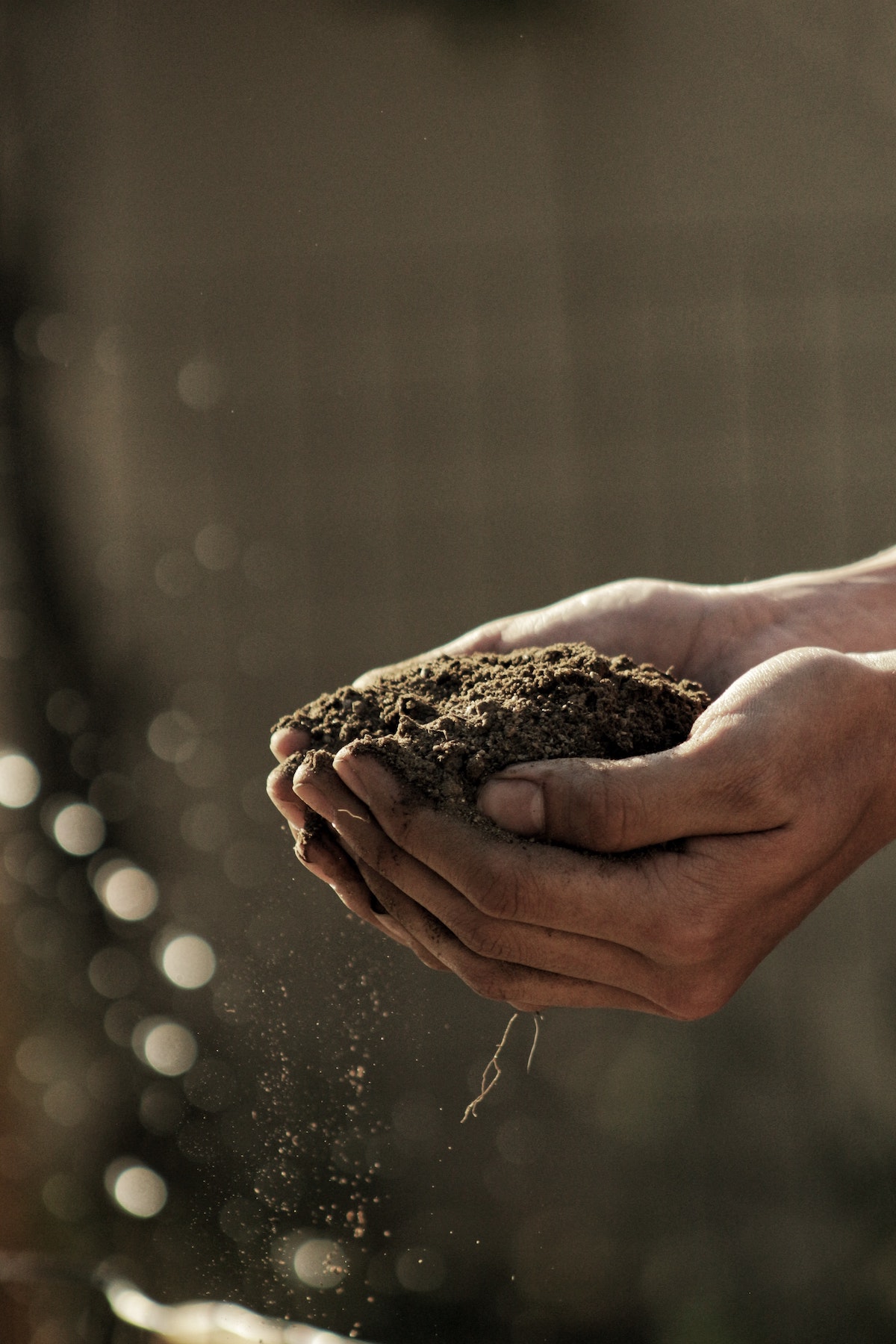
And on the subject of soil, our last tip is to get your soil into tip-top shape before you sow. And pro gardener will tell you that building up the soil is the single most important factor to a productive vegetable plot.
The later summer months are the perfect time to start “tilling” your solid and introducing compost to get it to the right level of nutrition for growing veg. You can then leave it over the winter to allow time for the compost to break down.

Pro Gardeners Tip:
Keep it 100% natural and add only organic matter such as compost, manure or mulch to prepare your soil for planting. Avoid chemical fertilisers as in our opinion they only replenish certain nutrients, do more harm than good and add nothing to the maintenance of good veggie-friendly soil.
So start planning your veg plot now and you’ll be ready to start growing soon!
If you’ve got any tips you’d like to share, then please drop them in the comments below:




